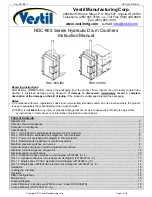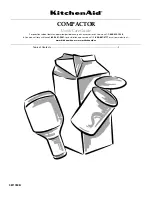
13
Operation
Think Safety First
Please carefully read all the safety instructions. Knowing
this information could help you, your family, pets or
bystanders avoid injury.
Controls
Become familiar with all the controls (Fig. 1) before you
start the engine and operate the machine.
2
3
4
8
9
10
12
1200
1
6
11
5
14
7
13
Figure 1
1.
Steering wheel
2.
Ignition switch
3.
Brake pedal
4.
Parking brake lever
5.
Traction control pedal
6.
Throttle lever
7.
Choke lever
8.
Power take off (PTO)
9.
Cruise control switch
10. Indicator control
module/Hourmeter
11. Attachment lift lever
12. Tilt wheel lever
13. Hood opening
14. Dial-a-height knob
Using the Parking Brake
Always set the parking brake when you stop the machine
or leave it unattended.
Setting the Parking Brake
1. Push the brake pedal (Fig. 2) down and hold it in the
depressed position.
2. Lift the parking brake lever (Fig. 2) up and gradually
take your foot off the brake pedal. The brake pedal
should stay in the depressed (locked) position.
Releasing the Parking Brake
1. Push down on the brake pedal (Fig. 2). The parking
brake lever should release.
2. Gradually release the brake pedal.
1
2
1201
Figure 2
1.
Brake pedal
2.
Parking brake lever
Starting and Stopping the
Engine
Starting the Engine
1. Sit down on the seat.
2. Set the parking brake; refer to Setting the Parking
Brake, page 13.
Note: The engine will not start unless you set the parking
brake or fully depress the brake pedal and are seated.
3. Push the PTO (power take off) to off (Fig. 3).
4. Move the choke lever to on (Fig. 3).
Note: An engine that has been running and is warm may
not require step 4.
5. Move throttle lever to fast (Fig. 4).














































